| Tensor Fascia Lata (TFL) attaches to the iliac crest/ASIS and into the fascia lata that terminates at the lateral knee. The primary functional movement of this muscle is to stabilize the pelvis and the knee. Its action is hip abduction, flexion and medial rotation. Trigger points related to the TFL refer to the outside of the thigh. | Iliacus & Psoas = Iliopsoas The Iliacus attaches to the iliac fossa and the Psoas attaches to the transverse processes of L1-L5 and the lateral aspect of T12-L5. They share a common attachment point on the lesser trochanter of the femur. The iliopsoas flexes the hip and trunk. Trigger points in the iliopsoas refer to the anterior thigh and low back. | Sartorious attaches to the ASIS on the pelvic crest and to the medial aspect of the tibia. Its action is hip flexion, external rotation, abduction and knee flexion. Trigger points in the sartorious refer to the anterior and medial thigh. |
If you are experiencing any of these pain patterns , try this:

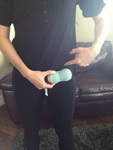
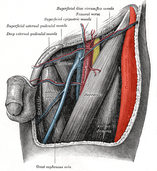
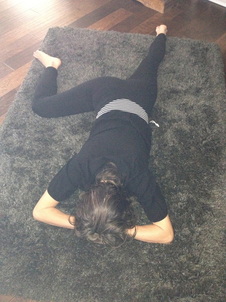
http://www.triggerpoints.net/, http://saveyourself.ca/tutorials/trigger-points.php, http://www.myofascialtherapy.org/





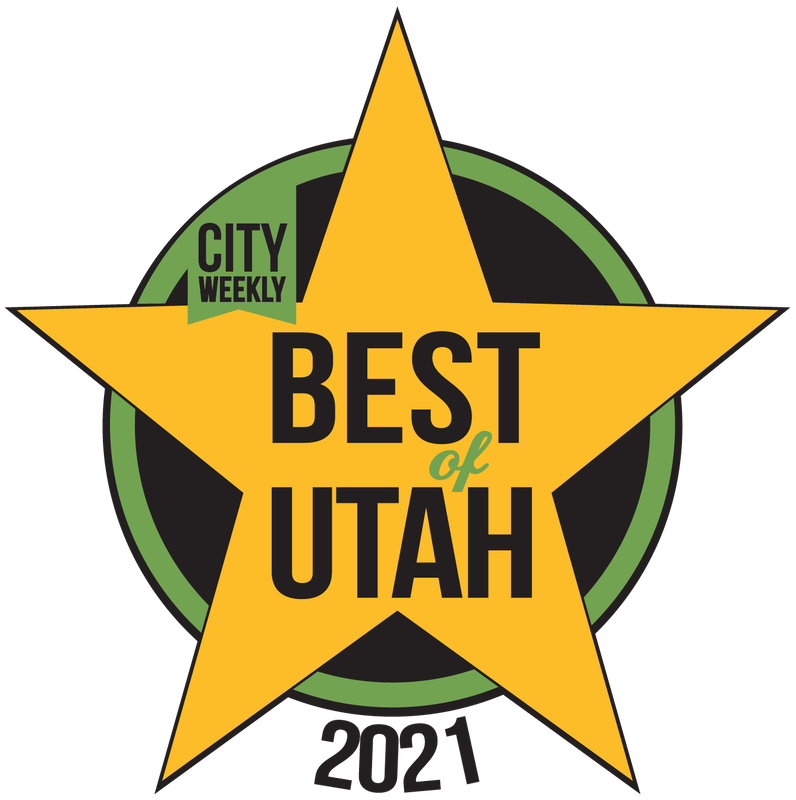

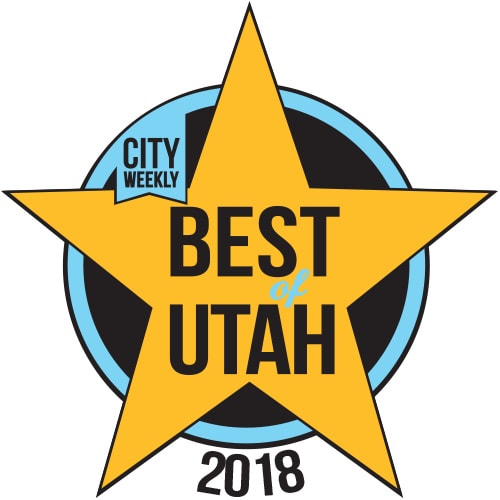
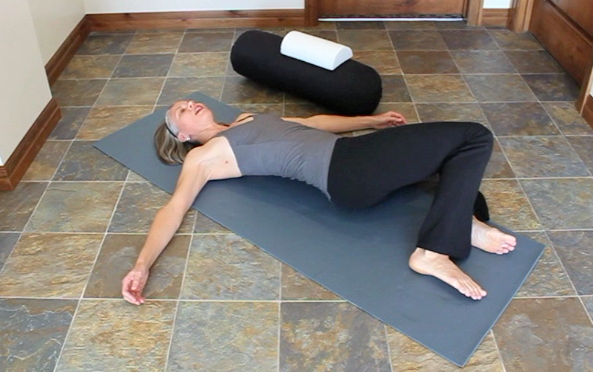



 RSS Feed
RSS Feed